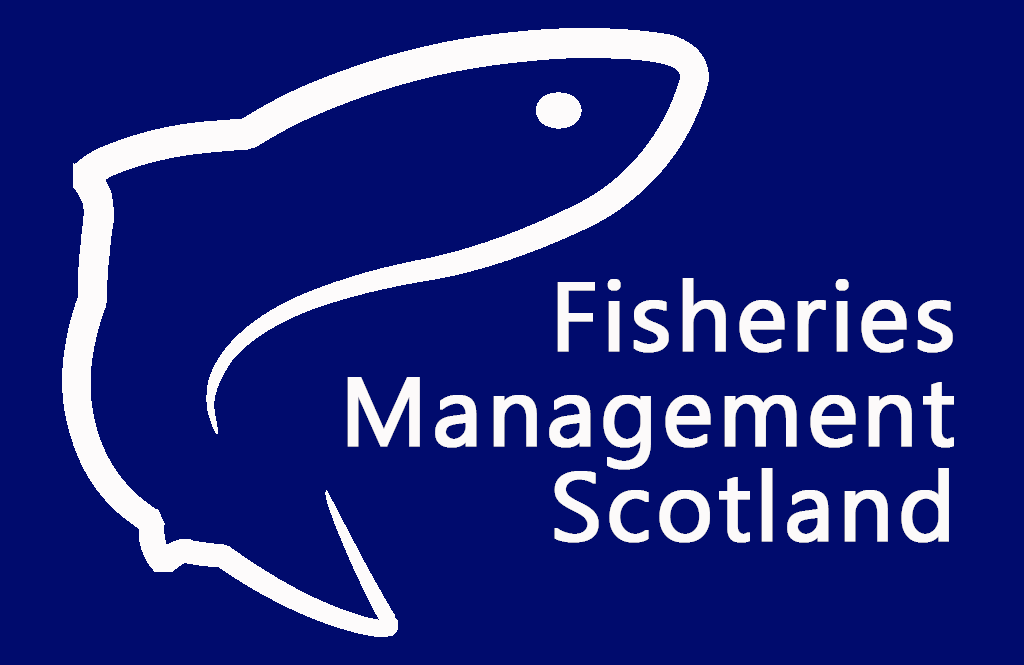Hopes rise that the Flow Country, the world’s largest carbon store, could become first peatland to win the status
Andrew Coupar has crouched down by a small pool, its surface peppered with the small stalks of bogbean. In autumn its dark green oval leaves echo the muted browns, greens and ochres of the surrounding peatland.
In spring, however, the bogbean’s pink-fringed white flowers put on a remarkable display, carpeting the cluster of pools that mirror the blue skies and light clouds above and, along the horizon to west, the mountains of Sutherland.
“To me it always looks out of place, because it looks such an exotic flower; white, pink and frilly,” said Coupar, a peatlands expert with NatureScot, a government conservation agency. “If you’d never seen one before and you came walking along, you would say ‘Wow, what’s that doing here?’”
Surrounding those pools near Forsinard, a hamlet and train stop on the single-track line to Wick, are a host of other diminutive plants: tiny carnivorous sundew, white-tipped fronds of bog cotton, the bright pinks and purples of cross-leaved heath and common heather, yellow-flowered bog asphodel, bog myrtle and moist cushions of sphagnum moss.
